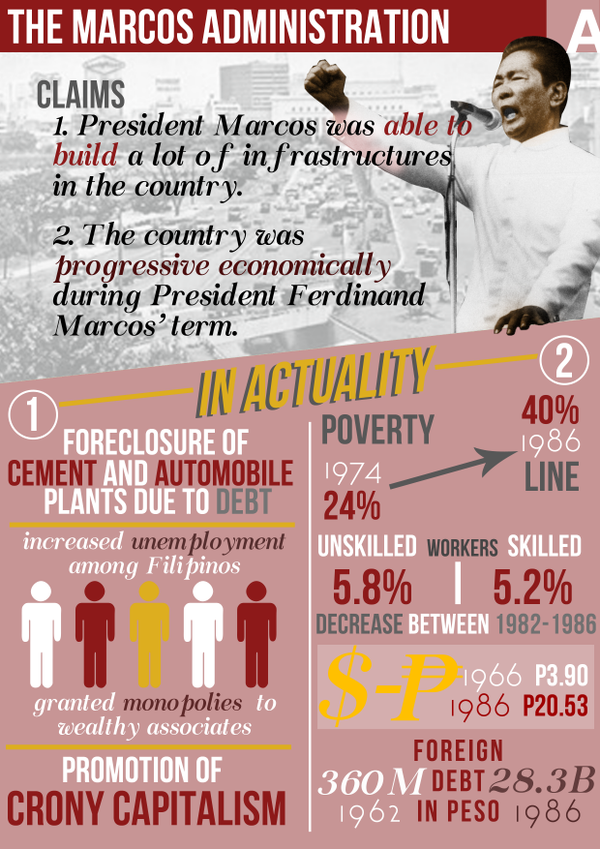The Growth And Historical Context Of Martial Arts Worldwide
The Growth And Historical Context Of Martial Arts Worldwide
Blog Article
martial arts for women near me -Sutton Silverman
Martial arts have a remarkable history that spans centuries and continents. Recommended Web-site could discover it appealing how ancient methods like Shuai Jiao and Kalaripayattu laid the groundwork for modern fight strategies. These disciplines not only highlight physical skills but additionally show the cultures that birthed them. As you explore their evolution, consider exactly how globalization has changed these traditional kinds into crossbreed styles. What influences do you think have shaped today's martial arts landscape?
Ancient Martial arts: The Foundations of Battle
As you explore the world of old martial arts, you'll uncover the rich foundations that formed combat strategies throughout cultures. Early techniques concentrated on Self-Defense and survival, often integrating strikes, hurting, and weaponry.
In old China, as an example, strategies like Shuai Jiao stressed tosses and joint locks, while India's Kalaripayattu showcased dexterity and liquid movement. Japanese samurai developed Kenjutsu, a polished swordsmanship that highlighted discipline and technique.
These martial arts offered not just for battle yet additionally as a way of individual growth, instilling values like respect and perseverance. The blending of these methods gradually laid the groundwork for the varied martial arts you see today, each mirroring the special ideologies and requirements of its society.
The Cultural Influence on Martial Arts Growth
While martial arts frequently show the useful requirements of a culture, they also personify the cultural values and ideas of their beginnings. When island style kajukenbo discover various martial arts, you'll discover how they're affected by religious beliefs, philosophy, and social norms.
As an example, the focus on regard and technique in Japanese martial arts comes from Zen Buddhism and samurai society. In contrast, Brazilian Jiu-Jitsu advertises flexibility and technique, shaped by the demand for efficiency in a varied, multicultural environment.
You might locate that the routines, attires, and training methods mirror a community's history and identification. By comprehending these social influences, you grow your appreciation of martial arts and their duty in shaping human experiences around the world.
Modern Adaptations and the Globalization of Martial arts
Martial arts have transformed substantially in current years, adapting to modern culture and international impacts. You'll notice that standard kinds have mixed with modern-day techniques, developing hybrid styles like mixed martial arts. These adaptations accommodate diverse target markets, making martial arts accessible and appealing worldwide.
With the surge of social media and digital systems, you can discover tutorials and competitors from all edges of the world, damaging geographical barriers. This globalization has actually led to a shared admiration for numerous techniques, from Brazilian Jiu-Jitsu to Taekwondo.
As you involve with these arts, you'll understand they're not practically combat; they advertise health and fitness, technique, and psychological wellness.
Inevitably, modern-day adaptations have actually enhanced the martial arts landscape, making it a vibrant and developing method.
Conclusion
In exploring the history and evolution of martial arts, you reveal a remarkable blend of techniques, societies, and ideologies. From old disciplines like Shuai Jiao and Kalaripayattu to the contemporary adaptability seen in MMA, martial arts show mankind's pursuit for Self-Defense and individual development. As you engage with these practices, you not only get abilities however additionally a deeper recognition for the varied customs that form our globe today. So, proceed your journey and embrace the art of combat!
